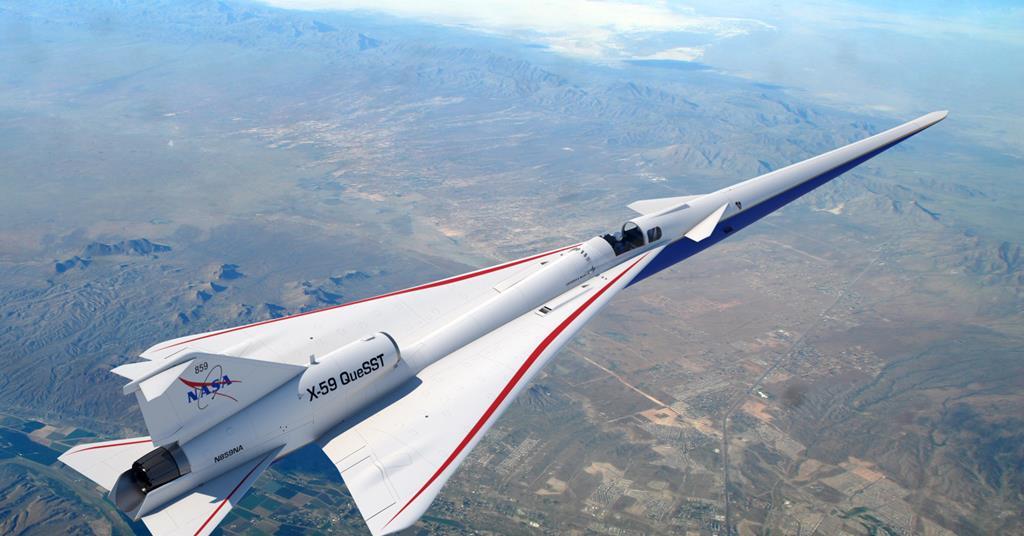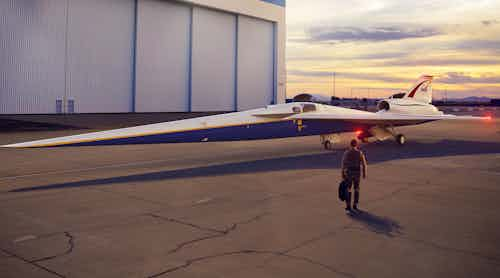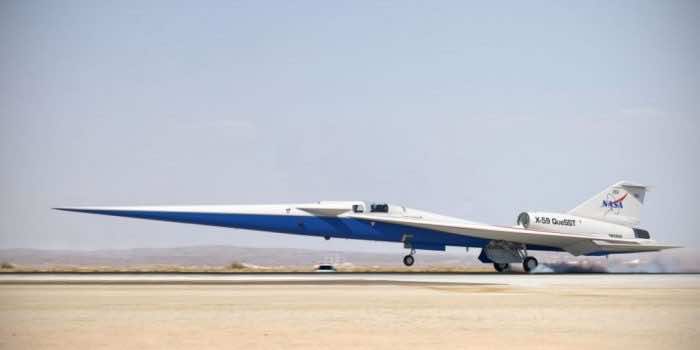The air transport industry is growing and thriving with each passing day, innovating new and effective techniques to make it the safest and most efficient air travel in the world and overcoming every challenge that comes it’s way. When we talk about NASA, an immediate response comes to our mind in relation to astronomy and space travel, but nowadays, NASA is very active in the aviation industry as well. This is particularly evident in the fact that NASA has recently completed ground tests for its X-59 supersonic aircraft. Supersonic aircraft are those types of aircraft that are capable of flying by breaking the sound barrier, i.e., faster than the speed of sound, having a Mach number of 1.

Everything was being tested for this aircraft, from its fuel system check to the sound stresses at Lockheed Martin. As of its return back to California now, further tests are expected to take place so that it may take its first test flight by the end of this year. “Ground tests on the X-59 were performed to demonstrate that the aircraft could endure the strains and stresses of supersonic flight—meaning flight at speeds greater than Mach 1. Lockheed Martin’s Ft. Worth facility also calibrated and tested the vehicle’s fuel systems. With its return to California, the X-59 will undergo more ground testing as it nears completion of its development and makes progress toward maiden flight, “NASA reported.
NASA is continuously collecting the data to solve the challenges of this supersonic aircraft in the best possible way. “With the X-59, we are continuing to pioneer a future of aviation in which we will witness dramatically shortened flight durations for global-traveling passengers,” stated Peter Coen, NASA’s Low-Boom Flight Demonstration Mission Integration Manager. If all the tests, including ground evaluations, go well, NASA will collaborate with the Japanese Space Agency, i.e., JAXA, to decide the target date for the first test flight of this aircraft. If successful, this will be a major breakthrough in the aviation industry by NASA after Concorde was unfortunately banned due to some safety concerns years ago. “For the previous 40 years, we’ve been stalled in our pursuit of faster and faster aircraft,” says David Richardson, X-59 program director of Lockheed’s Skunk Works branch. However, he believes that this initiative has the potential to “open up a whole new sort of aviation.”



